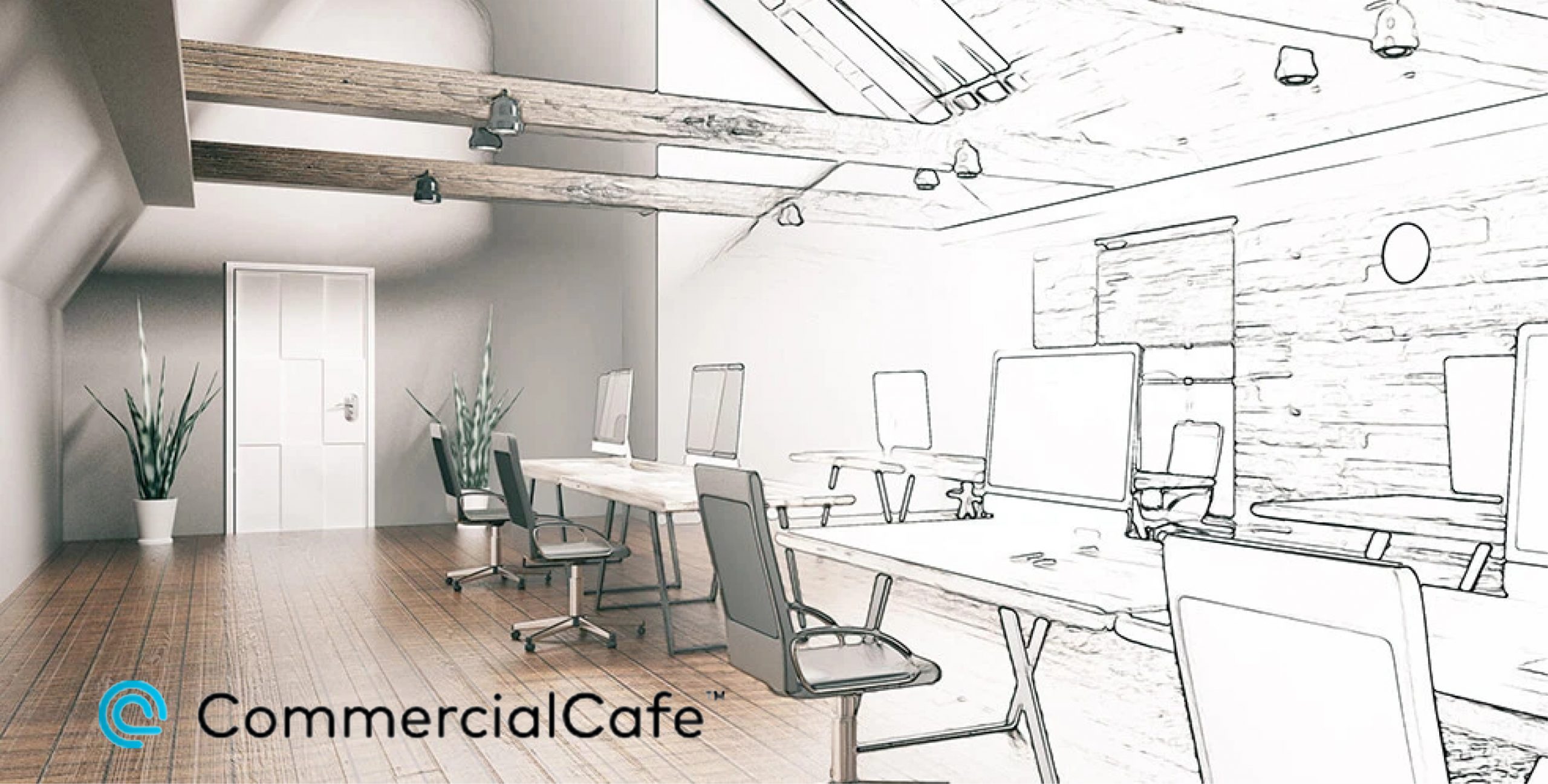It’s no secret that the COVID-19 outbreak took the entire world by storm. New regulations and restrictions on everyday life have taken their toll on people and businesses alike. In fact, the pandemic has completely changed the way we travel, communicate, meet, shop and experience life in general. But, how has it influenced the future of buildings and construction?
To find out, we spoke with several architects and interior designers to understand COVID-19’s consequences on the future of office spaces. Specifically, we asked how office spaces could be made healthier for employees; the techniques and materials that will play an important role in the future; and the next trends in commercial real estate interior design.
 Meghan Barlotta, Senior Director of Kimmerle Workspace gives her insight..
Meghan Barlotta, Senior Director of Kimmerle Workspace gives her insight..
How has COVID-19 changed architecture and interior design, and what will be the long-term results?
“ Our new focus is on higher levels of cleanliness. Formerly, we considered materials that would be durable and would stand the test of time in high-traffic areas. Now, we think beyond wear and tear, and consider features and materials that can minimize contact and ensure proper cleanability.
We know reducing contact, where possible, helps to mitigate transmission. Adding touchless technologies to entries and faucets is a small enhancement, but it will yield long-term benefit. We can also expect to see the addition of items like extra storage at workspaces. This will allow employees to clear desktops at the end of each day to ensure adequate cleaning and disinfecting takes place each evening.”
How can architecture or office design supplement efforts to contain the spread of COVID-19 and make workplaces healthier overall?
“During the warmer months of the pandemic, we saw that being outside allowed us to gather with less concern for viral spread. Even before COVID-19, design trends centered around access to natural light and windows to help alleviate sensory deprivation and encourage creativity.
Beyond space planning, which optimizes access to windows, we can anticipate an increased focus on the development of outdoor meeting areas and workstations. Formerly, outdoor spaces were planned around lunchtime or break time activities. Now, we are seeing companies and property owners engage in projects which create spaces for employees and tenants to conduct meetings outdoors. Biophilic design elements will also help promote a connection with the natural world and create a balanced work environment when the weather does not permit us to utilize outdoor spaces. Biophilic concepts include green walls with plants; use of natural materials, like wood; indoor water features; and lighting that mimics daylight.”
What do you think will be the main trends in commercial interior design in the coming years?
“Collaborative spaces and areas that promote connectivity are not new to design. However, they were not always viewed as a necessity. When working remotely, we lose the contact that occurs organically within the office space. This loss of connection impacts many aspects of the organization community, which stem from mentoring and problem solving to idea sharing and creative development. To this end, we can expect to see space planning that continues to encourage people to connect in formal and informal spaces as we value this office feature now more than ever. We will see renewed emphasis on gathering spaces like coffee bars, lounge-like breakout areas, conference spaces that integrate virtual meeting platforms, and space plans that direct traffic flow to highlight these locations.”
What construction materials and techniques do you think will play an important role in the future?
“Creating spaces that can be properly disinfected — yet still have a home-like and inviting environment — will be essential. Materials with antimicrobial properties or that are highly cleanable will continue to offer long-term effects beyond the pandemic. For example, the rise in use of materials like luxury vinyl tiles started prior to the pandemic. Now, such materials will be considered for their hygienic properties and not just their aesthetic appeal and durability.”
How will the buildings of the future combine design and function?
“We are challenged to react to the new safety guidelines, but it does not need to be at the expense of design. Design can be the bridge between creating a safe, yet stimulating and inviting environment. A visually appealing space can greatly impact productivity. Strategic space plans will consider appropriate social distance, incorporate outdoor spaces and encourage connectivity.”
Full article here: https://www.commercialcafe.com/blog/expert-roundup-the-future-of-office-spaces/
Posted in
